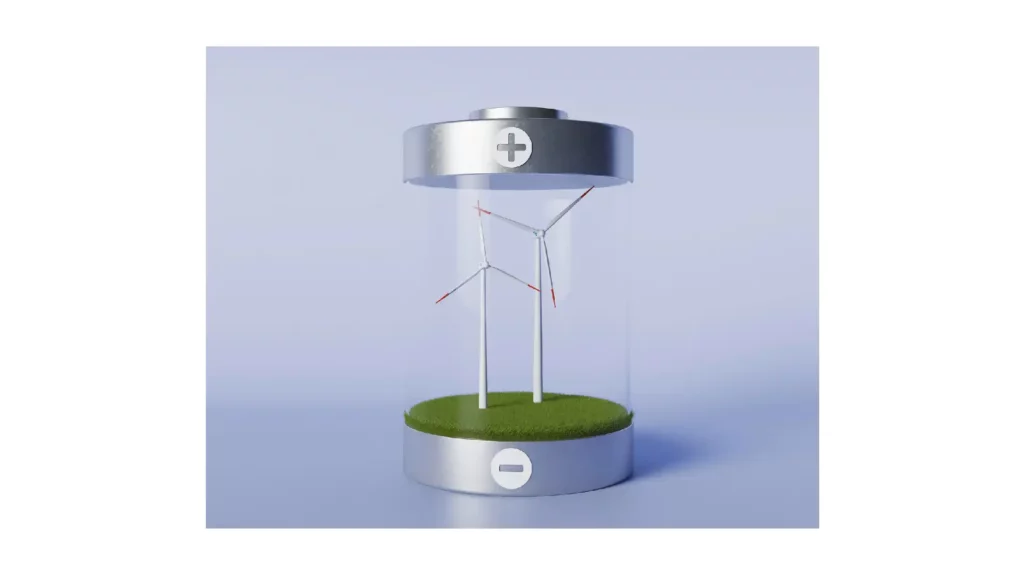In the quest for sustainable energy solutions, wind power has emerged as a frontrunner, offering a clean and renewable alternative to traditional fossil fuels.
Italy, known for its picturesque landscapes and rich cultural heritage, has been increasingly embracing wind energy as a key component of its renewable energy strategy.
In this guide, we delve into the world of wind energy Italia, exploring its current status, potential for growth, environmental impact, and future prospects.
Understanding Wind Energy Italia
Italy's commitment to renewable energy has seen significant growth in recent years, with wind energy playing a pivotal role in this transition.
Wind farms dotting the Italian countryside have become a familiar sight, symbolizing the country's shift towards sustainability and reducing dependence on non-renewable energy sources.
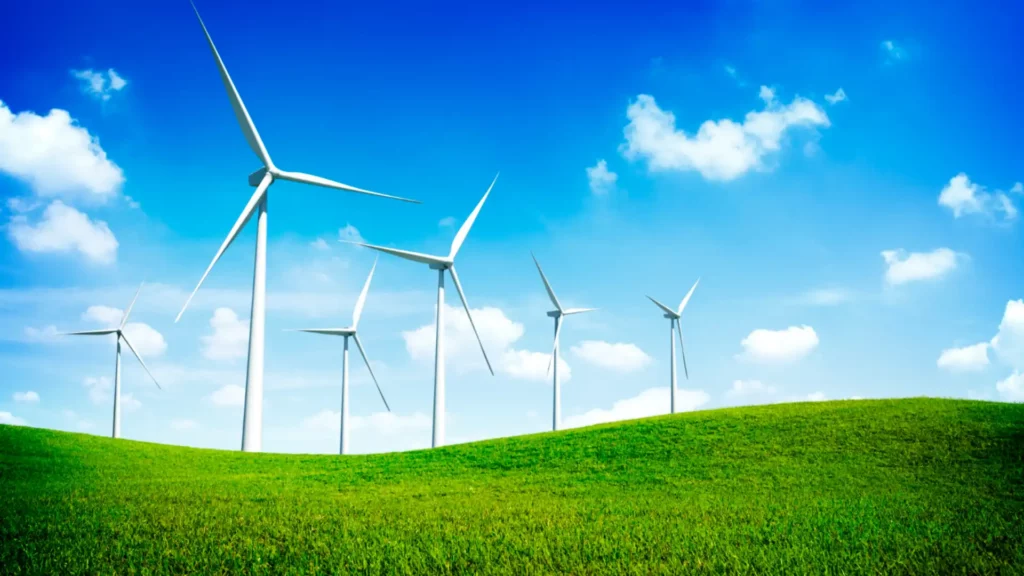
The Importance of Wind Energy Italia
Wind Energy Italia is not just about harnessing the power of the wind; it's about reducing carbon emissions, mitigating climate change, and ensuring energy security for future generations.
By tapping into Italy's abundant wind resources, the nation can reduce its reliance on imported fossil fuels, bolster energy independence, and create a cleaner environment for all.
See also our post on Investing in Wind Power
Advantages of Wind Energy Italia
- Renewable and Sustainable: Unlike finite fossil fuels, wind energy is renewable and abundant in Italia, offering a perpetual source of clean power.
- Low Environmental Impact: Wind farms have a minimal environmental footprint compared to traditional power plants, helping preserve Italy's natural beauty and biodiversity.
- Economic Benefits: The wind energy sector creates jobs, stimulates local economies, and attracts investments, contributing to Italy's overall economic growth and development.
- Energy Independence: By harnessing its wind resources, Italia can reduce its dependence on imported fossil fuels, enhancing energy security and resilience.
- Diversification of Energy Sources: Wind energy provides Italia with a diversified energy portfolio, reducing reliance on a single energy source and enhancing energy stability and resilience, especially in times of geopolitical tensions or supply disruptions.
- Price Stability: Unlike fossil fuels, the cost of wind energy is not subject to the volatility of global commodity markets. Once a wind farm is operational, the fuel source (wind) is free, providing long-term price stability and protection against fluctuating energy prices.
- Water Conservation: Unlike traditional power plants, wind farms do not require large amounts of water for cooling purposes. This helps conserve precious water resources, especially in regions prone to droughts or water scarcity, contributing to sustainable water management practices in Italia.
- Public Health Benefits: Wind energy production does not emit harmful pollutants such as sulfur dioxide, nitrogen oxides, or particulate matter, which are associated with respiratory diseases and cardiovascular problems.
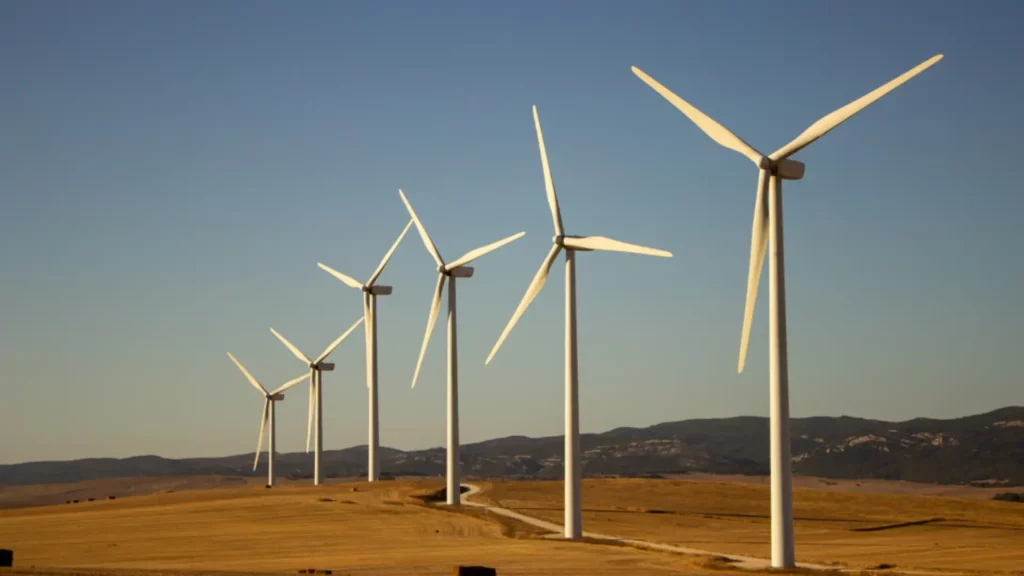
Technological Innovations in Wind Energy Italia
Italy has been at the forefront of technological innovation in the wind energy sector, driving advancements that enhance efficiency, reliability, and sustainability.
Let's explore some of the groundbreaking innovations shaping the landscape of wind energy Italia.
Smart Turbines and Grid Integration
Technological advancements improved wind energy systems in Italia. Smart turbines use sensors and control systems to optimize performance, while grid integration ensures the stability and reliability of the electrical grid.
Offshore Wind Farms and Floating Platforms
Italy's coastline is ideal for offshore wind energy. New floating platform designs allow for wind farms in deeper waters, where fixed-bottom structures are not possible.
These platforms are cost-effective and help maximize wind resources while minimizing environmental impact.
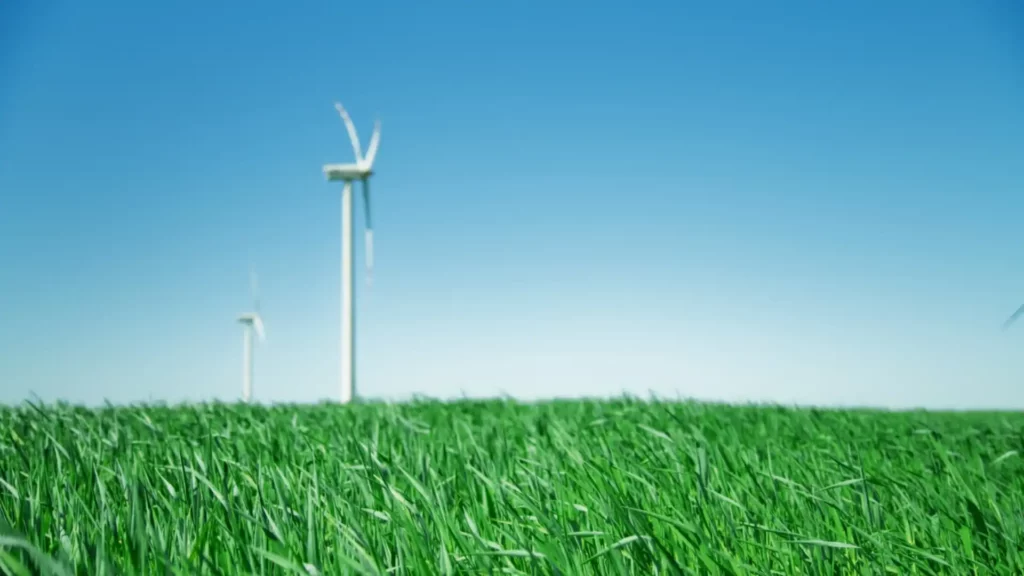
Exploring Wind Energy in Turkey: A Comparative Analysis
As we delve into the realm of wind energy, it's essential to not only focus on specific regions but also to broaden our perspective to include other nations like Turkey.
Wind energy in Turkey has been gaining momentum in recent years, showcasing the country's commitment to renewable energy and sustainable development.
- Growing Presence of Wind Energy in Turkey: Turkey's coastal regions and high plateaus offer excellent wind energy potential, attracting investments due to its strategic location and consistent winds. Wind farms have proliferated, enhancing renewable energy capacity and decreasing reliance on fossil fuels.
- Advantages and Opportunities for Wind Energy in Turkey: Wind energy in Turkey offers numerous advantages. It reduces import reliance, enhances security, boosts the economy, and creates jobs in rural areas. Additionally, it aids in protecting the environment by reducing greenhouse gas emissions and combating climate change.
- Challenges and Considerations: Wind energy in Turkey has potential but faces challenges like grid integration, permitting delays, land conflicts, and social acceptance. Collaboration between policymakers, industry, and communities is crucial to overcome these obstacles and promote sustainable wind energy.
- Government Support and Policy Framework: Turkey supports renewable energy through policies and incentives, like feed-in tariffs and tax breaks, promoting investment and stability. As a result, its wind energy sector has grown significantly.
- Technological Advancements and Innovation: Turkish wind energy is flourishing due to advancements in turbine technology. Better grid integration, improved blade designs, and efficient turbines make projects more competitive. Ongoing R&D expands the sector and cuts costs.
- Regional Collaboration and Integration: Turkey's location between Europe and Asia promotes regional collaboration and energy integration. It enables cross-border electricity trade and cooperation on renewable energy projects. Interconnection projects and joint ventures can optimize wind resource utilization in the region.
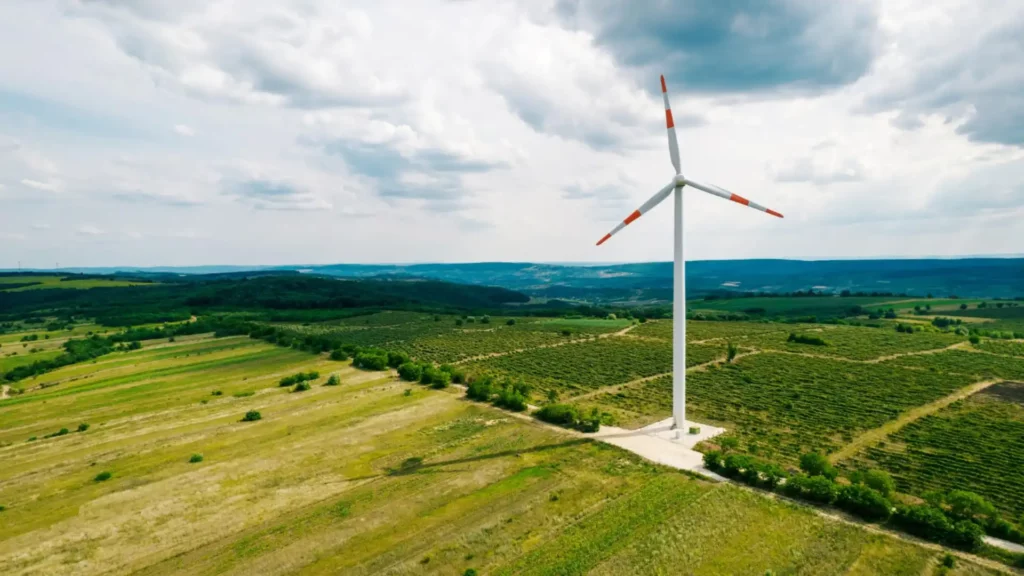
Wind Energy Italia Environmental Impact
- Addressing Concerns and Mitigating Effects
Wind energy expansion in Italy raises concerns about its environmental impact. Despite being greener than fossil fuels, addressing potential issues and minimizing harm is crucial.
- Minimizing Wildlife Impacts
Wind energy projects in Italia face concerns about the impact on local wildlife, especially birds and bats. To address this, developers should choose sites carefully and monitor them constantly.
Placing wind farms away from migration routes and nesting areas can reduce risks to wildlife and increase energy production.
- Preserving Visual Aesthetics
Visual impact is a concern in wind energy projects, especially in Italy, where scenic beauty is valued.
Developers can address this by using design techniques and involving local communities in the planning process to integrate wind farms into the environment while achieving renewable energy goals.
- Noise Pollution Mitigation
Wind turbines can make noise and bother nearby residents. Modern turbines are built to reduce noise, but it's important to take steps to minimize disruptions.
This includes assessing noise, keeping turbines away from homes, and using sound barriers. By addressing noise concerns, developers can gain support for wind energy projects in Italia.
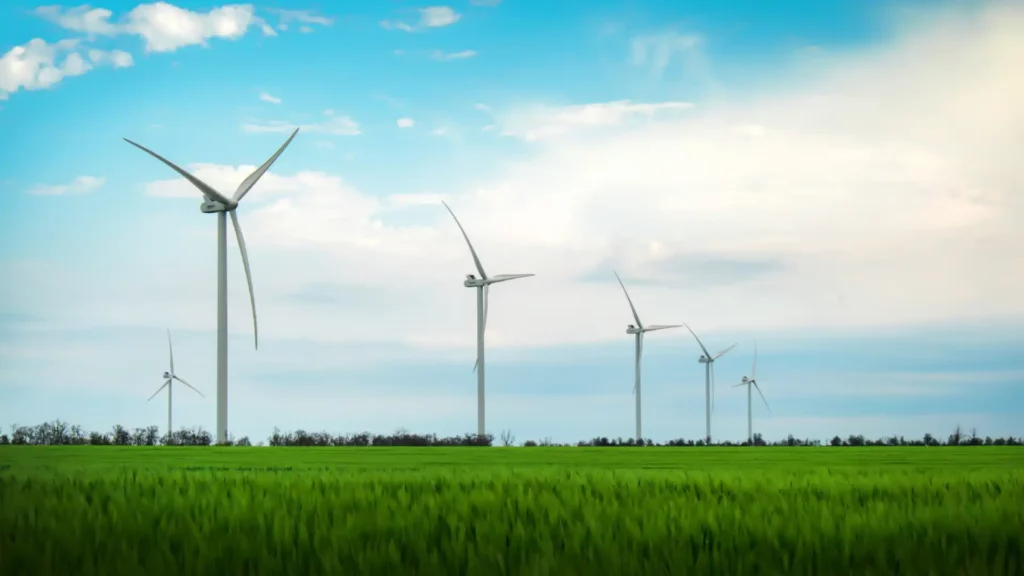
Future Wind Energy Italy
As we gaze into the future of wind energy Italy, it's essential to consider the innovations, challenges, and opportunities that lie ahead.
The concept of Future Wind Energy Italy encapsulates the vision for a robust, sustainable, and thriving wind energy sector that powers the nation towards a greener tomorrow.
- Advancements in Technology: The future of wind energy Italy hinges on technological innovation. Breakthroughs in turbine design, blade efficiency, and grid integration are poised to enhance the performance and reliability of wind farms across the country.
- Policy Support and Market Dynamics: Future Wind Energy Italy relies heavily on supportive policies, regulatory frameworks, and market incentives. Continued government support, such as feed-in tariffs, tax incentives, and renewable energy targets, will play a crucial role in driving investment and expansion within the wind energy sector.
- Integration and Grid Flexibility: As Italy transitions towards a renewable energy future, ensuring grid flexibility and integration will be paramount. Future Wind Energy Italy envisions a seamlessly interconnected grid capable of managing the variability of wind power while optimizing energy storage and distribution.
- Community Engagement and Social Acceptance: Building public trust and fostering community engagement are integral to the success of Future Wind Energy Italy. Transparent communication, stakeholder consultation, and participatory decision-making processes will help address concerns and garner support for wind energy projects.
- Environmental Sustainability and Climate Resilience: Future Wind Energy Italy must prioritize environmental sustainability and climate resilience. Sustainable siting practices, habitat restoration initiatives, and biodiversity conservation efforts will safeguard Italy's natural landscapes and ecosystems while harnessing the power of the wind.
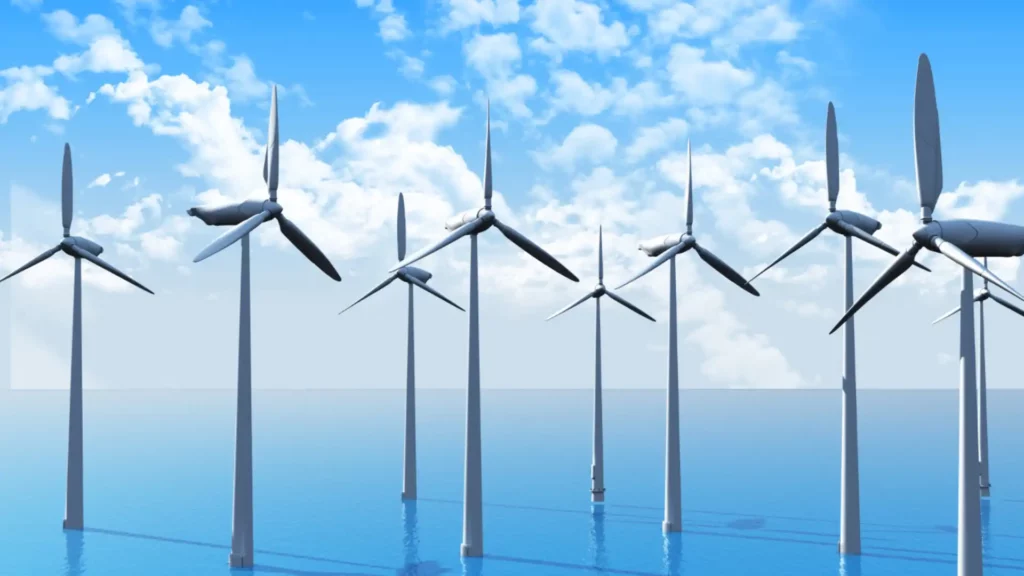
FAQs About Wind Energy Italia
1. How does wind energy contribute to Italy's renewable energy goals?
Wind Energy Italia plays a significant role in Italy's renewable energy goals by providing a clean and sustainable source of power. By harnessing the abundant wind resources across the country, Italia can reduce its reliance on fossil fuels and work towards achieving its targets for renewable energy production.
2. Are there specific regions in Italia that are more suitable for wind energy production?
Yes, certain regions in Italia are particularly well-suited for wind energy production due to their topography and wind patterns. Coastal areas, mountainous regions, and plains often experience higher wind speeds, making them ideal locations for the development of wind farms.
3. What measures are in place to ensure the environmental sustainability of wind energy projects in Italia?
Wind energy projects in Italia undergo rigorous environmental impact assessments to ensure their sustainability. Measures such as wildlife monitoring, habitat restoration, and proper siting of wind turbines are implemented to minimize environmental impacts and preserve biodiversity.
4. How does wind energy contribute to Italy's economy?
Wind Energy Italia contributes to Italy's economy by creating jobs, attracting investments, and stimulating local economies. The development, construction, and maintenance of wind farms generate employment opportunities across various sectors, contributing to economic growth and prosperity.
5. What role does government policy play in promoting wind energy adoption in Italia?
Government policies and incentives play a crucial role in promoting wind energy adoption in Italia. Supportive measures such as feed-in tariffs, renewable energy targets, and streamlined permitting processes incentivize investment in wind energy projects and facilitate their development.
6. How does wind energy help reduce carbon emissions in Italy?
Wind Energy Italia helps reduce carbon emissions by displacing electricity generated from fossil fuels, which are a major contributor to greenhouse gas emissions. By transitioning to clean and renewable wind power, Italia can lower its carbon footprint and mitigate the impacts of climate change.
7. Are there any challenges associated with integrating wind energy into Italia's grid system?
While wind energy offers numerous benefits, integrating it into Italia's grid system presents some challenges. Issues such as intermittency, grid stability, and transmission constraints need to be addressed through advancements in technology and grid infrastructure.
8. What role can communities play in supporting the development of wind energy projects in Italia?
Communities can play a crucial role in supporting the development of wind energy projects in Italia through active participation and engagement. Local support, cooperation, and involvement in decision-making processes can help address concerns and facilitate the successful implementation of wind energy initiatives.
9. How does wind energy contribute to energy security in Italy?
Wind Energy Italia enhances energy security in Italia by diversifying the country's energy sources and reducing dependence on imported fossil fuels. By harnessing domestic wind resources, Italia can strengthen its energy independence and resilience against supply disruptions.
10. What advancements in wind energy technology are driving innovation in Italia?
Advancements in wind energy technology, such as taller turbines, improved efficiency, and smart grid integration, are driving innovation in Italia. These technological developments enhance the performance and reliability of wind farms, making them more cost-effective and competitive in the energy market.
Wind Energy Italia Conclusion
As I conclude this journey through Wind Energy Italia, I am struck by the profound impact it has had on my understanding of sustainability and the future of energy.
Witnessing Italy's embrace of wind power as a symbol of progress and hope for a cleaner future has been inspiring. Beyond its environmental benefits, Wind Energy Italia represents a collective effort toward creating a more sustainable and resilient energy landscape for generations to come.
On a personal level, exploring the intricacies of Wind Energy Italia has ignited a sense of responsibility within me. It's not just about advocating for renewable energy or supporting policy change—it's about recognizing the role each of us plays in shaping the future.
Source
https://www.trade.gov/market-intelligence/italy-energy-growth-renewables

